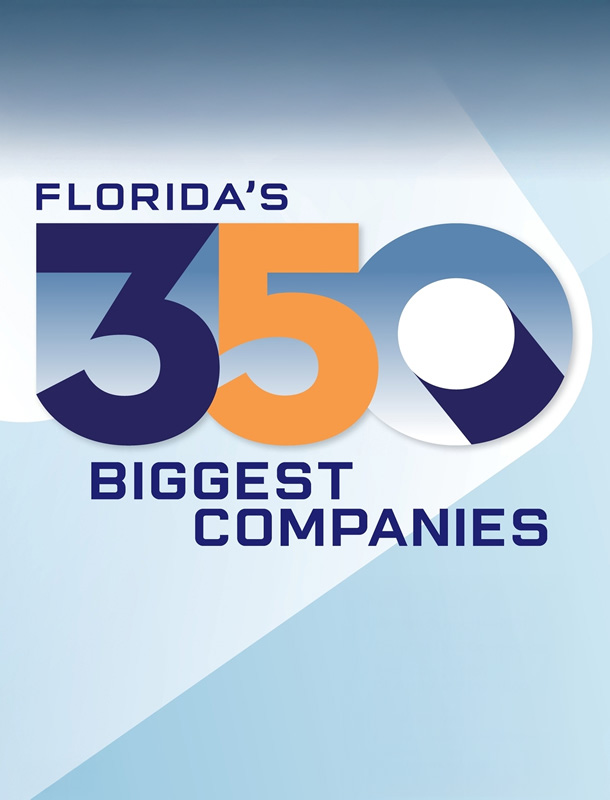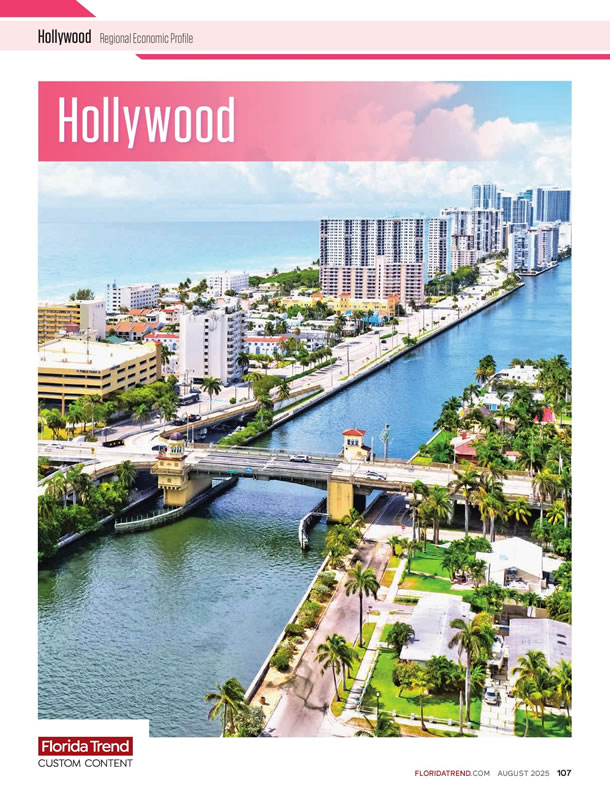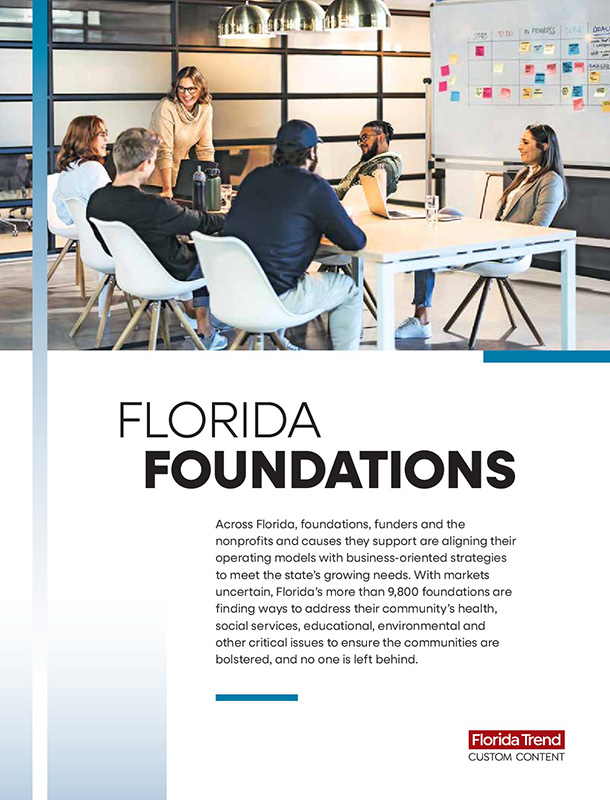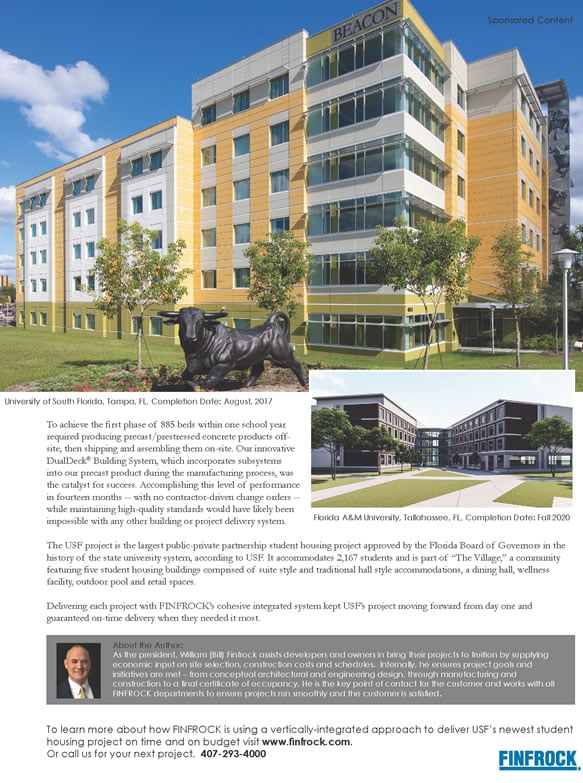Still, Suma can afford to smile. The churn of takeovers, poor management and a stagnant market in the late 1980s that plunged Piper into bankruptcy is history. The company has been stable since Suma took over four years ago, and Piper remains one of the state's larger manufacturing operations. The 303 planes the company sold in 1998 amounted to about one-fifth of all U.S.-manufactured piston aircraft sold that year, and new models helped boost 1998 sales to $125 million, from $100 million a year earlier. "Our factory is one of the few in the world capable of taking a concept aircraft through its entire life cycle, from research and development through product support after the sale," enthuses Suma.
The question is whether the bearded, 41-year-old chief executive can take Piper back to its previous heights -- the company now competes in a marketplace that's changed as much as it has. For one, the number of private pilots has fallen by 200,000 in the last two decades as flying has become more expensive: Even basic planes like Piper's Archer III now cost upwards of $180,000. In addition, the cost of meeting federal regulations and the relatively small unit sales keep tremendous pressure on profit margins. The company is exploring plans to launch an initial public offering, and Suma publicly hints of "synergistic and creative relationships" with suppliers; it could possibly seek a partner.
Suma, the first Piper CEO aside from company founder William T. Piper to come from inside the company, is a low-key leader who favors polo shirts over a suit and tie at the workplace. A high-school grad who grew up just two miles from the Vero Beach Airport, he made money pumping aviation gas and took some flight training. For a Vero Beach teenager without college plans, Piper was a natural destination.
Somewhat demurely, Suma ascribes his ascent through the ranks at Piper to "being at the right place at the right time." He clearly has been Piper's only consistent performer at the executive level in the past 20 years; for much of that time, his trajectory and the company's appeared to be proceeding in opposite directions. In the 1980s, Suma rose through the ranks to become director of manufacturing operations; Piper, meanwhile, was passing through three sets of owners, landing in the hands of California businessman M. Stuart Millar in 1987 and in bankruptcy court in 1991 after debts forced it to stop production.
Clean slate
By March 1992, Millar was gone and the bankruptcy court had promoted Suma to president and chief operating officer. A New York City investor, A. Stone Douglass, bought Piper for $500,000; the company paid off its largest secured creditor by selling spare parts and its vacant Lakeland facility, and Suma went to work with a clean slate. "Because we were starting at ground zero with 45 employees," says Suma, "we had the unique opportunity to change the way the company worked." Suma rehired some employees, trained them in multiple skills and began offering financial incentives for workers to further their educations.
By 1994, sales had risen to $55 million, but potential investors were put off by continuing concern over potential product liability. Then, salvation, in the form of the General Aviation Revitalization Act, a federal law that limits plane manufacturers' liability for a plane to 18 years after production. Immediately, the company's liability risk fell from a fleet of 64,000 planes to 12,000, cutting the actuarial cost by 90%, according to Suma. Overnight, Piper's value effectively tripled.
Teledyne, Piper's largest unsecured creditor and one of its most persistent suitors, teamed up with the Philadelphia-based investment firm of Dimeling Schreiber & Park (DS&P) to buy Piper for $95 million in March 1995, renaming it the New Piper Aircraft Co. Just before the takeover, Douglass was forced out as CEO over a questionable stock transaction, and Suma took over.
Where Millar managed the product conservatively and the finances loosely, Suma has aggressively introduced changes in product design while handling the money more pragmatically. "We had been begging the factory to update the models, but Piper was slow to respond," says Fred Ahles, regional aircraft sales manager for AMR Combs in Fort Lauderdale and the sole Piper distributor for Florida. "Chuck heard the message that the product needed to be revitalized and he delivered on it, and more. He's the quarterback of the team, and it's a winning team."
Responds Suma: "As in any business, timing is important. But rising to the challenge as one is put to the test is of greater importance, especially when several hundred people's jobs depend on your success."
As Suma readies the company for expansion, he has a few things going for him. The market for general aviation planes is healthy, thanks to wealth generated by the stock market. Shipments of U.S.-made general aviation aircraft, including turboprops and light jets, rose nearly 40% in 1997, to 1,569. Another hopeful sign: The number of new student pilots was up about 8% in 1997 after dropping to the lowest level since the Korean War.
Suma has no shortage of worries, however. Tighter federal regulations on crash survivability will increase costs. And while planes are selling, flyers are demanding extras such as multimedia entertainment centers and in-flight phones and faxes along with turbocharged engines that deliver altitude and speed. Meanwhile, the Clinton administration has tried for several years to impose "user fees" on general aviation aircraft -- making pilots pay for weather reports and air traffic control services. In Europe, such fees have priced many would-be pilots out of the market -- and limited export opportunities for Piper, which sold less than one-third of its 1998 fleet overseas.
The competition
Suma and Piper also face competition from big-name brands such as Cessna, Beech and Mooney. In 1996, Piper dominated piston aircraft sales, building 183 of the 600 planes U.S. manufacturers delivered that year. In 1997, Cessna resumed production of piston planes after a 10-year hiatus and immediately took over the lead, delivering 360 piston-engine planes to Piper's 222. In the first three quarters of 1998, Cessna built on its lead, selling 572 aircraft to Piper's 212.
Part of Cessna's advantage is the cash flow generated by its high-priced line of corporate jets. That success has led Piper to beef up its top of the line with a new executive transport, the Malibu Meridian, a luxurious single-engine turboprop. Piper is positioning the Meridian as a cheaper alternative to entry-level corporate jets. At $1.35 million apiece, the 6-seat Meridian will cruise to the market for a cool $1 million less than its closest competitors when it debuts in 2000. Early sales indicators are good: Piper has orders for 91 of the planes, which offer Miami to New York City range at 300 miles per hour, from buyers who each have anted up a $100,000 nonrefundable deposit.
Suma also hopes NASA-funded research will enable Piper to produce new aircraft powered by lighter, cheaper jet engines. But several new manufacturers are trying to crack that market, and heavyweights Cessna, Raytheon and Learjet are already established players. "It's a tough market," says Warren Morningstar, spokesman for the Frederick, Md.-based Aircraft Owners and Pilots Association. "But a lot of visionaries believe the future will be in jet products."
Alluding to the plans to take the company public, Suma acknowledges that he needs significant working capital to grow. On Wall Street, he says hopefully, Piper still has a "billion-dollar name. But no one knows where we are today or what we're building. We still have to craft that image." The one-time riveter says he expects to remain at the company's helm for "many years to come." His employment contract has been extended to July 2003 -- well after he expects Piper to go public.
(Ken Ibold also contributed to this report.)












